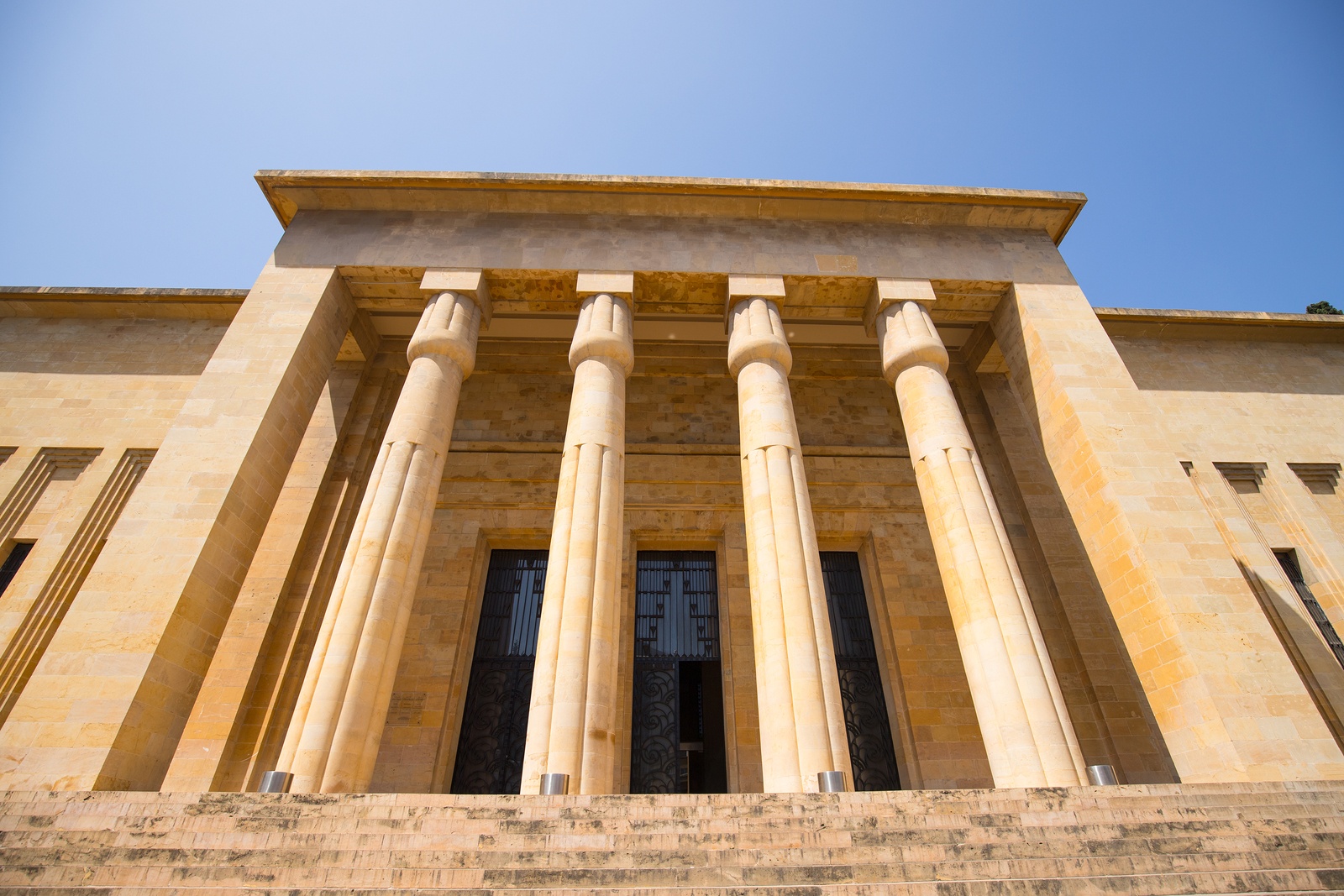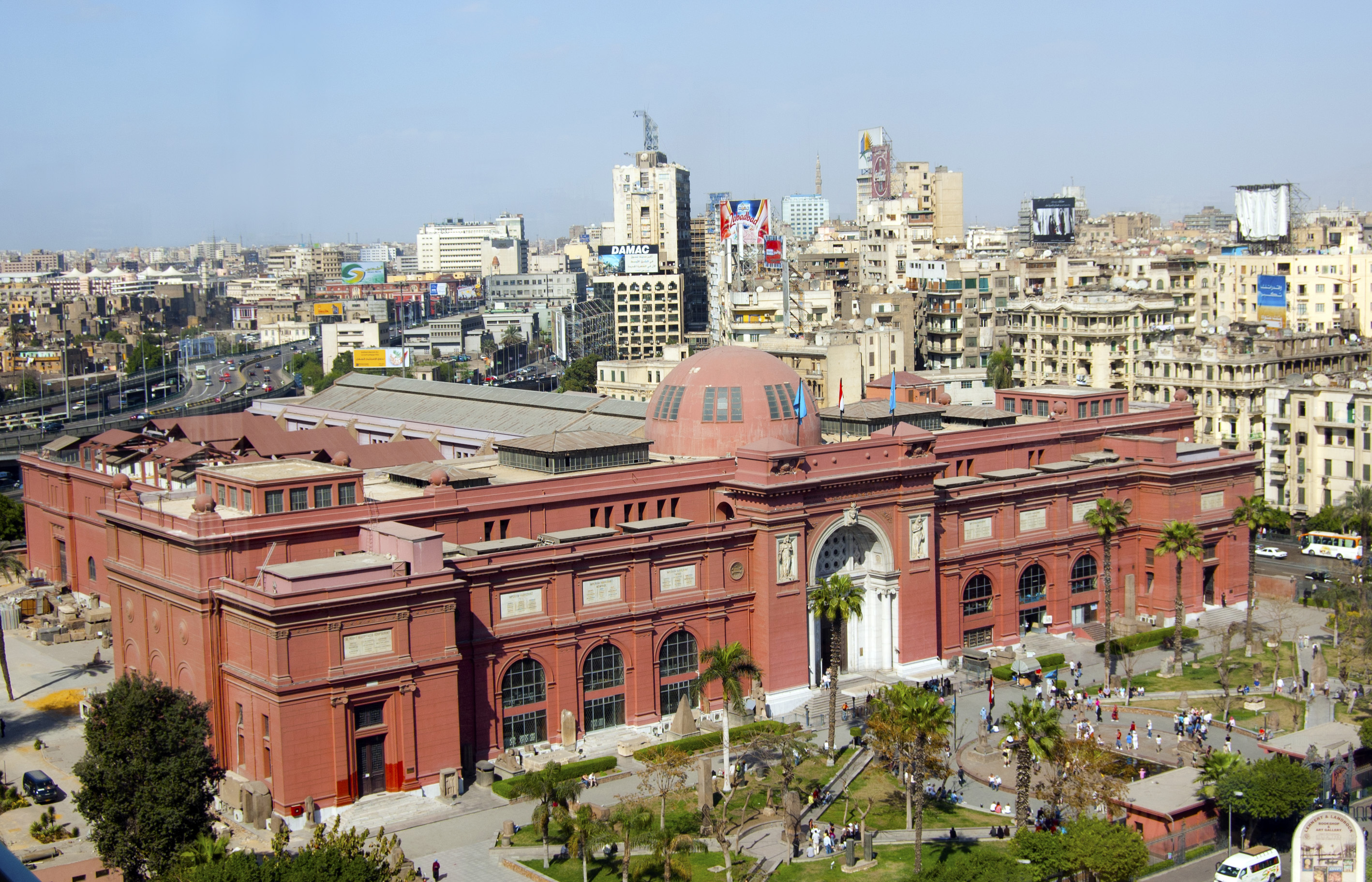Lifestyle
8.21.2019
5 of the largest museums in the Arab world

The Arab world is full of cultural treasures that tourists can discover in many archaeological sites, such as Petra in Jordan or Giza in Egypt. But many museums also contain very rich collections, to be discovered or rediscovered without moderation!
The Louvre Abu Dhabi
It opened its doors to the public on November 11, 2017. A jewel of architecture designed by the architect Jean Nouvel, and easily recognizable thanks to its 180-metre diameter dome, it is the result of the initiative of the Emirati leaders to develop the region’s cultural offer and attractiveness, with a view to preparing for the “post-oil era”. The museum presents ancient and contemporary works of historical, cultural and sociological interest from all over the world. It covers nearly 64,000 m2, with 6,000 m2 dedicated to the permanent collection and 2000 m2 to temporary exhibitions.

Louvre, Abu Dhabi, United Arab Emirates
The Egyptian Museum in Cairo
Located on Tahrir Square in Cairo, it is the largest museum on the African continent. Entirely dedicated to , the museum received more than a hundred million visitors during the 20th century. The statues of Cheops, Khephren, or Mykerinos, Tutankhamun’s sarcophagus, or his room and funeral mask, are all objects on display on site, that allow us to learn more about Egypt at the time of Pharaohs.

The National Bardo Museum
The National Bardo Museum is a museum in Tunis, the capital of Tunisia, located in the suburbs of the Bardo. It is one of the most important museums in the Mediterranean basin and the second largest on the African continent after the Egyptian Museum in Cairo for the richness of its collections. It traces the history of Tunisia over several millennia and through several civilizations through a wide variety of archaeological finds. It covers an area of 20,000 m2, including 9,000 m2 of exhibition space, and welcomes 650,000 people each year.

Hall with mural decoration and fountain in the Bardo Museum in Tunis,
The National Museum of Beirut
It is the main archaeological museum in Lebanon. Opened in 1942, it now welcomes nearly 400,000 visitors a year who come to discover the 1300 objects on display in chronological order, from prehistory to the Mamluk period. Sarcophagi, mosaics, and statues join the coin collections and jewellery to offer an accurate overview of the times that the region has known.
The National Museum of Jordan
Built in 2014, it is the largest museum in Jordan and also the one containing the most important archaeological discoveries. Located in the Ras Al-Ein artier’s quarter in Amman, it houses unique pieces such as the metal scrolls of Kumran from the Dead Sea, and the magnificent Neolithic statues of Ain Ghazalé. The visit, which lasts between 1h and 1h30, also includes an interactive part on scientists and the precursors of Islamic civilization.

Jordan Archaeological Museum interior in Amman
It should be noted that projects are under way to open museums on huge surfaces, particularly in Egypt, with a super-museum project that should cover an area twice the size of the Louvre and house 100,000 pieces of antiquities, and in Saudi Arabia, where Crown Prince Mohamed Bin Salman signed an agreement with France to build a museum two to three times larger than the Abu Dhabi Louvre on Nabataean sites in the country.
popular

